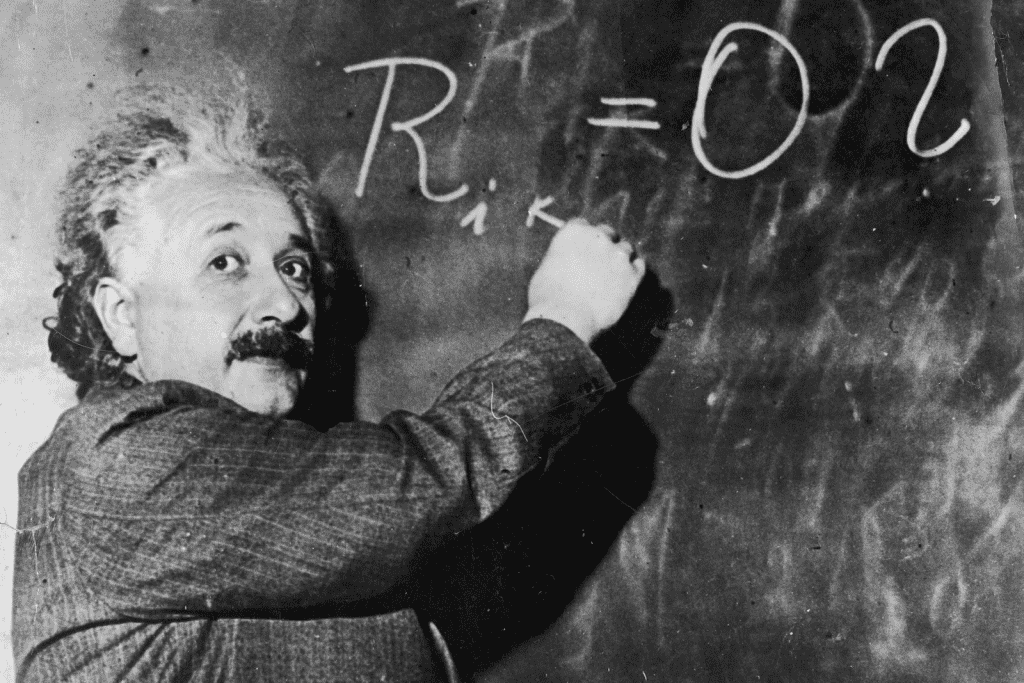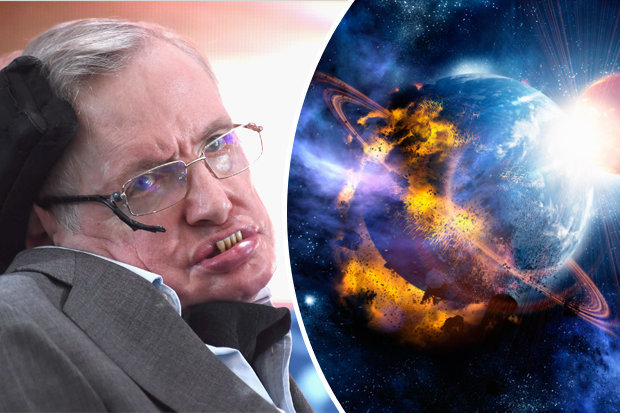Scientists have put physicist Stephen Hawking’s well-known black hole idea to the test. A revolutionary warp experiment is used to test the theory.
According to the new concept, scientists may see the mysterious quantum glow that encases everything travelling close to the speed of light by making an atom invisible.
The Fulling-Davies-Unruh effect causes virtual particles to fill the space around fast-moving objects, blanketing them in a bright hue. On the other hand, Hawking radiation only occurs on the fatal edge of a black hole, and reaching the necessary acceleration for the Unruh effect would almost probably need the employment of a warp drive.

A unique and novel proposal published in the journal Physical Review has uncovered a way to dramatically amplify the potency of the Unruh effect using technology that effectively renders matter invisible.
“Now at least we know there is a chance in our lifetimes where we might actually see this effect,” co-author Vivishek Sudhir, an assistant professor of mechanical engineering at MIT and a designer of the new experiment, said in a statement.
“It’s a hard experiment, and there’s no guarantee that we’d be able to do it, but this idea is our nearest hope.”
According to the Unruh effect, there can be no such thing as an empty vacuum. Instead, every nook and cranny of space is densely filled with endless quantum-scale vibrations that can explode spontaneously into particle-antiparticle pairs that decapitate each other almost immediately.

In 1974, Stephen Hawking theorized that the tremendous gravitational pull at the horizons of black holes could spawn virtual particles. However, according to Einstein’s theory of general relativity, gravity alters space-time. This distorts the quantum field due to the uncertainty and strangeness of quantum physics.
At the outskirts of black holes, energy imbalances cause virtual particles to form from what appears to be nothing.
“Black holes are believed to be not entirely black,” lead author Barbara Šoda, a doctoral student in physics at the University of Waterloo in Canada, said. “Instead, as Stephen Hawking discovered, black holes should emit radiation.”
According to the new proposal, near light speeds and special relativity, which claims that time slows down as an object approaches the speed of light, induce distortions in this time.
According to quantum theory, a static atom can only receive energy from a real photon to activate one of its electrons. However, in the case of an accelerating atom, quantum field perturbations may be sufficient to seem like real photons. Therefore, a speeding atom will be heated since it will be passing through warm light particles.
However, the accelerations required to generate the effect are well beyond the capability of any particle accelerator presently known. For example, an atom would have to accelerate less than a millionth of a second to yield a quadrillion metres per second squared g force.

Therefore, researchers have proposed a clever technique called acceleration-induced transparency. When an atom is forced to follow a specific path through a field of photons, the atom does not want to “see” the photon at the exact frequency and is invisible to the atom. Therefore, the team can examine the effect of the Unruh on that light frequency.
Turning this plan into reality will be a difficult task. First, the scientists plan to build a lab-sized particle accelerator that will accelerate an electron to the speed of light while colliding with it with a beam of microwaves. Then, suppose they can detect the effect. In that case, they plan to conduct experiments with it, especially those that will allow them to explore possible connections between Einstein’s theory of relativity and quantum mechanics.
Putting this plan into action is a difficult task. Scientists are planning to build a laboratory-scale particle accelerator that accelerates electrons to the speed of light while colliding with a microwave beam. If they can prove the effect, they want to experiment with it. Moreover, it would help them conduct experiments to explore possible relationships between Einstein’s theory of relativity and quantum mechanics.

“The theory of general relativity and the theory of quantum mechanics are currently still somewhat at odds, but there has to be a unifying theory that describes how things function in the universe,” co-author Achim Kempf, a professor of applied mathematics at the University of Waterloo, said in a statement.
“We’ve been looking for a way to unite these two big theories. This work is helping to move us closer by opening up opportunities for testing new theories against experiments.”
Source: Live Science


